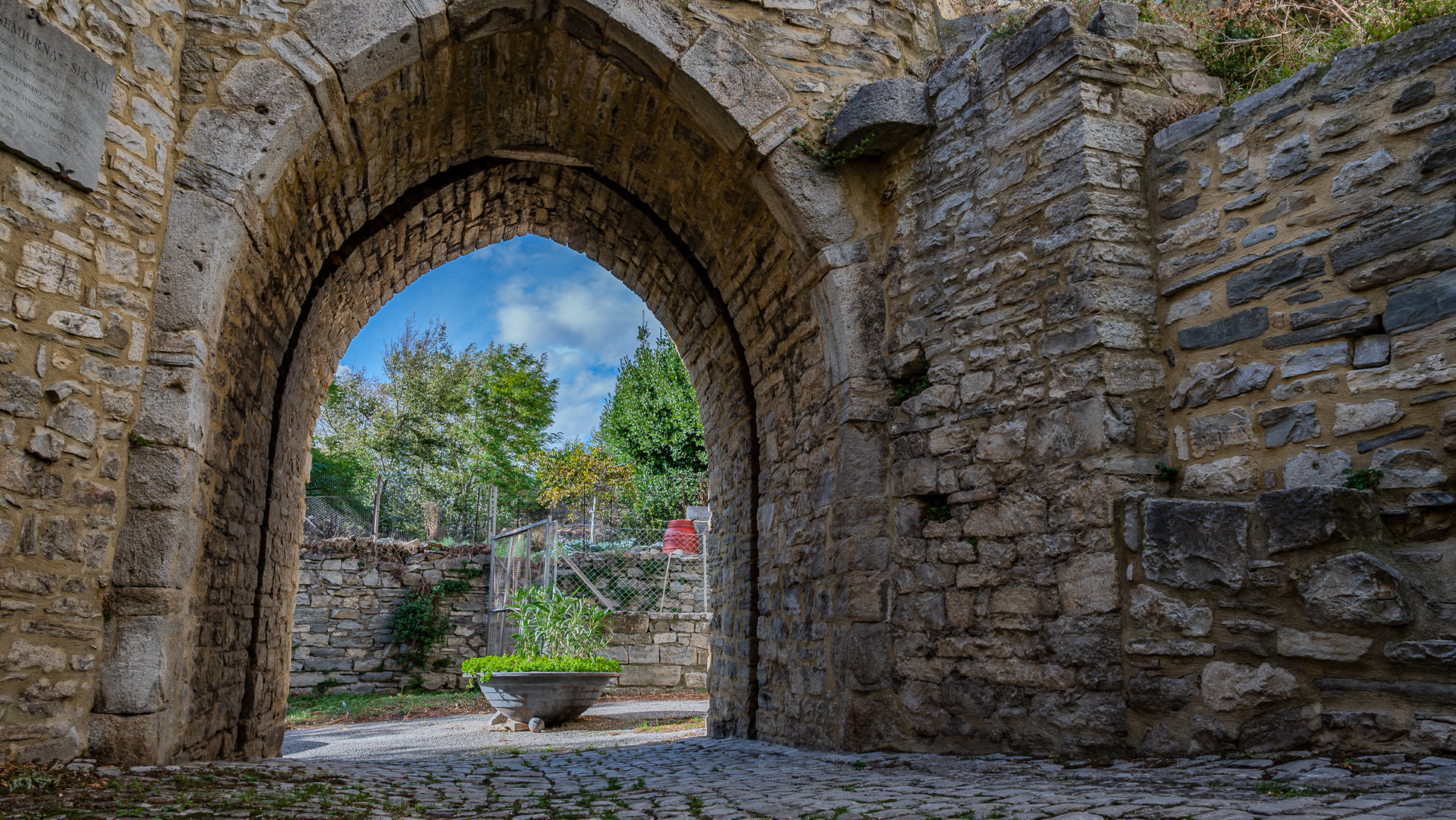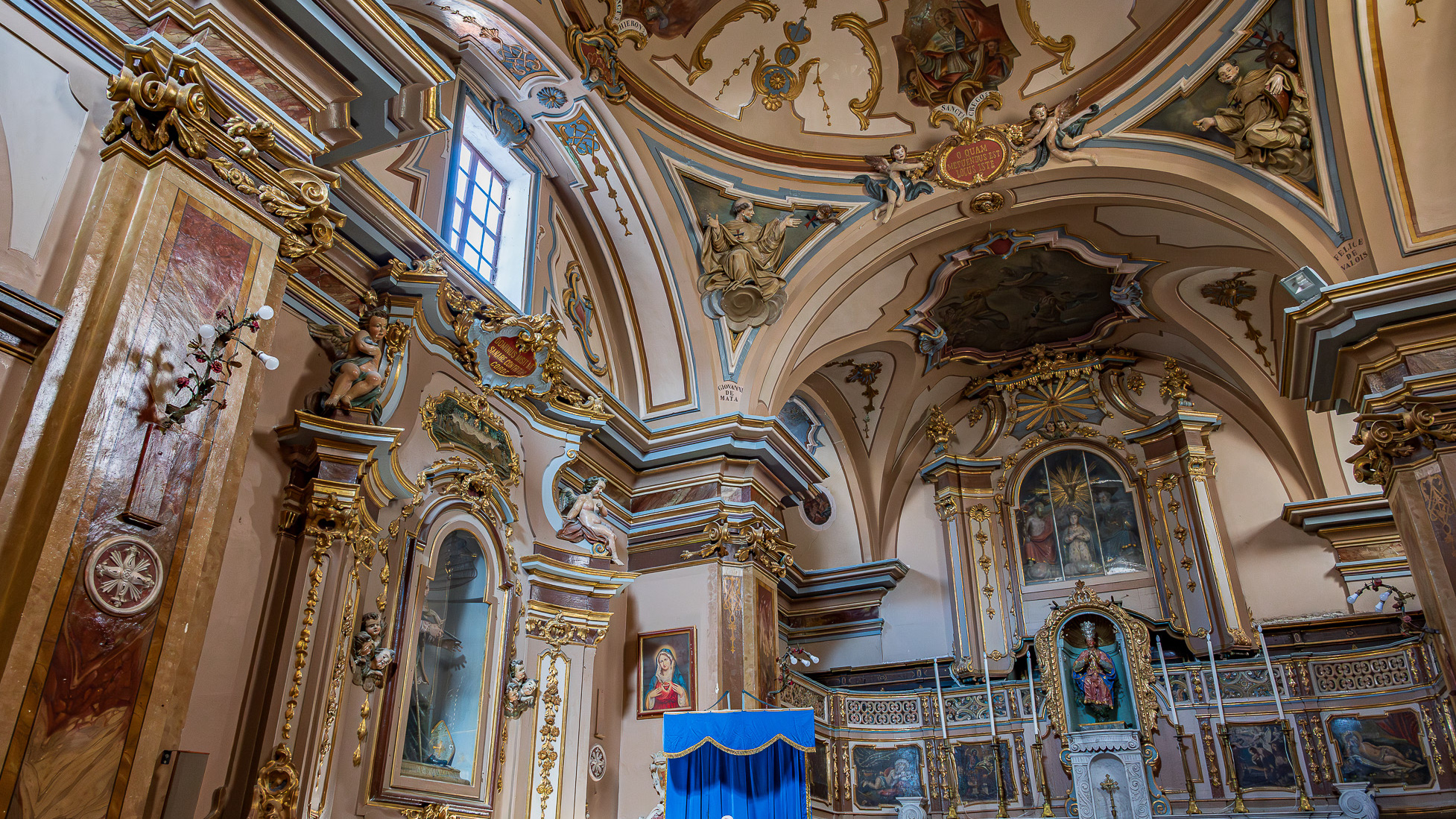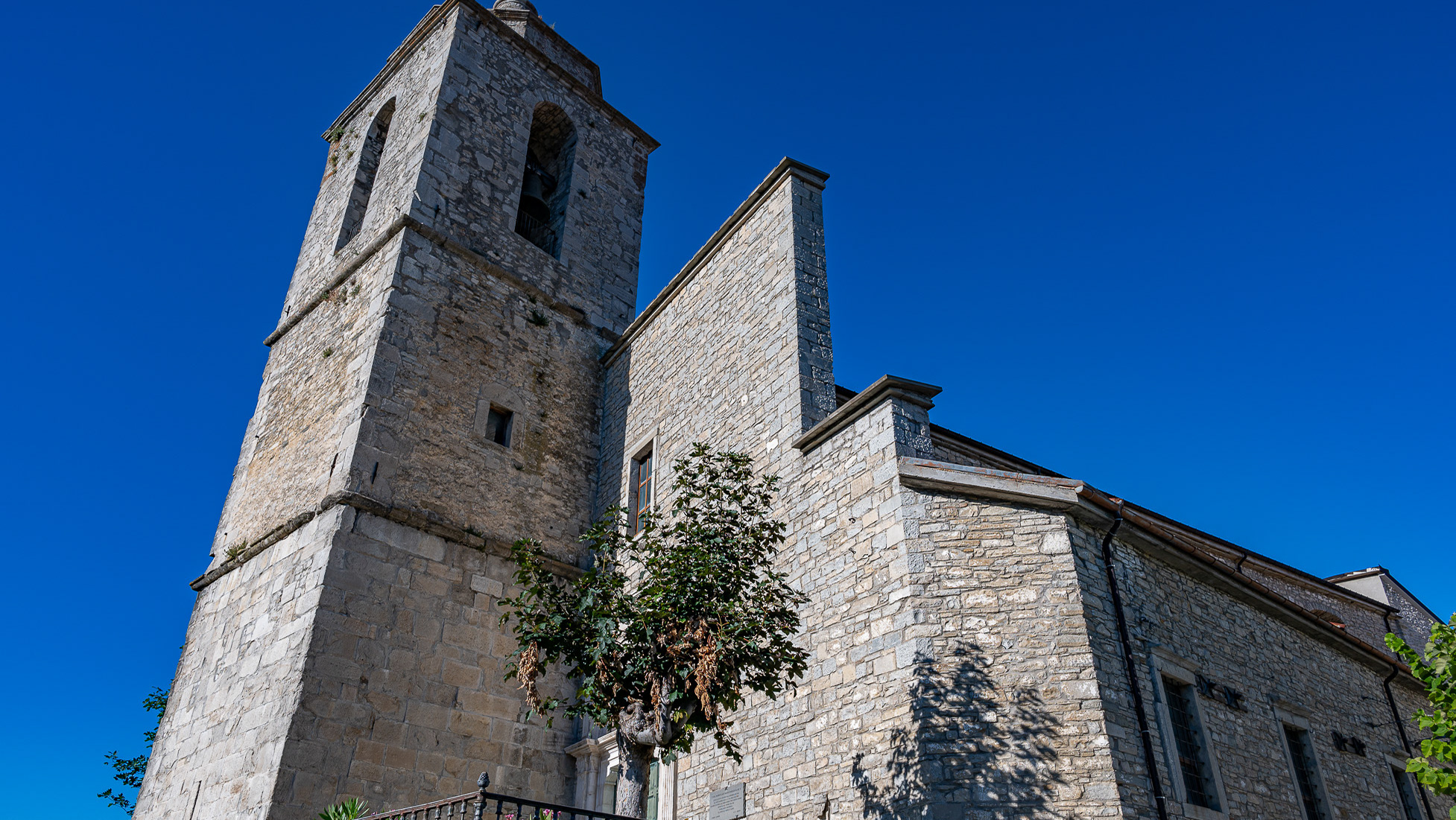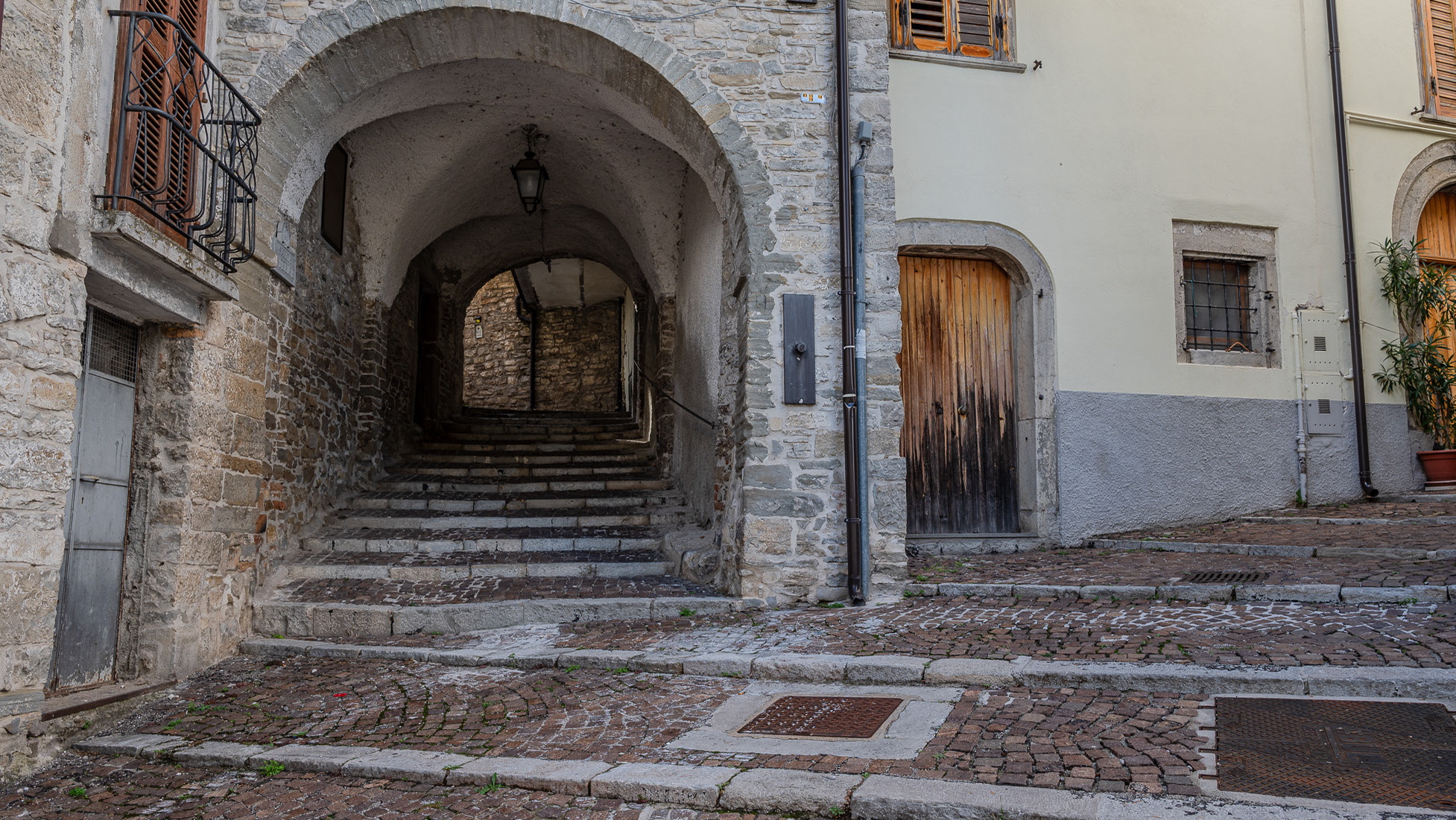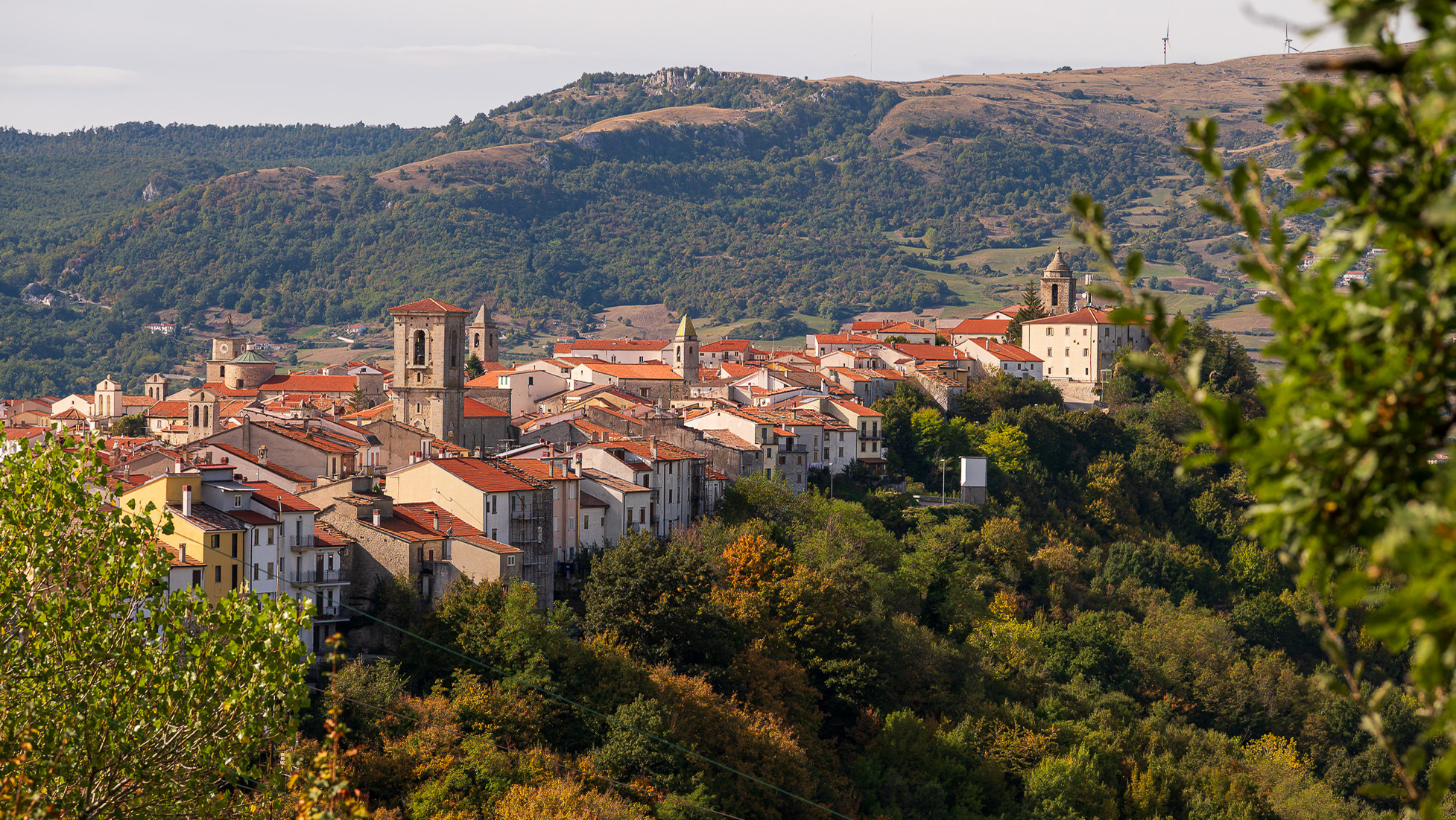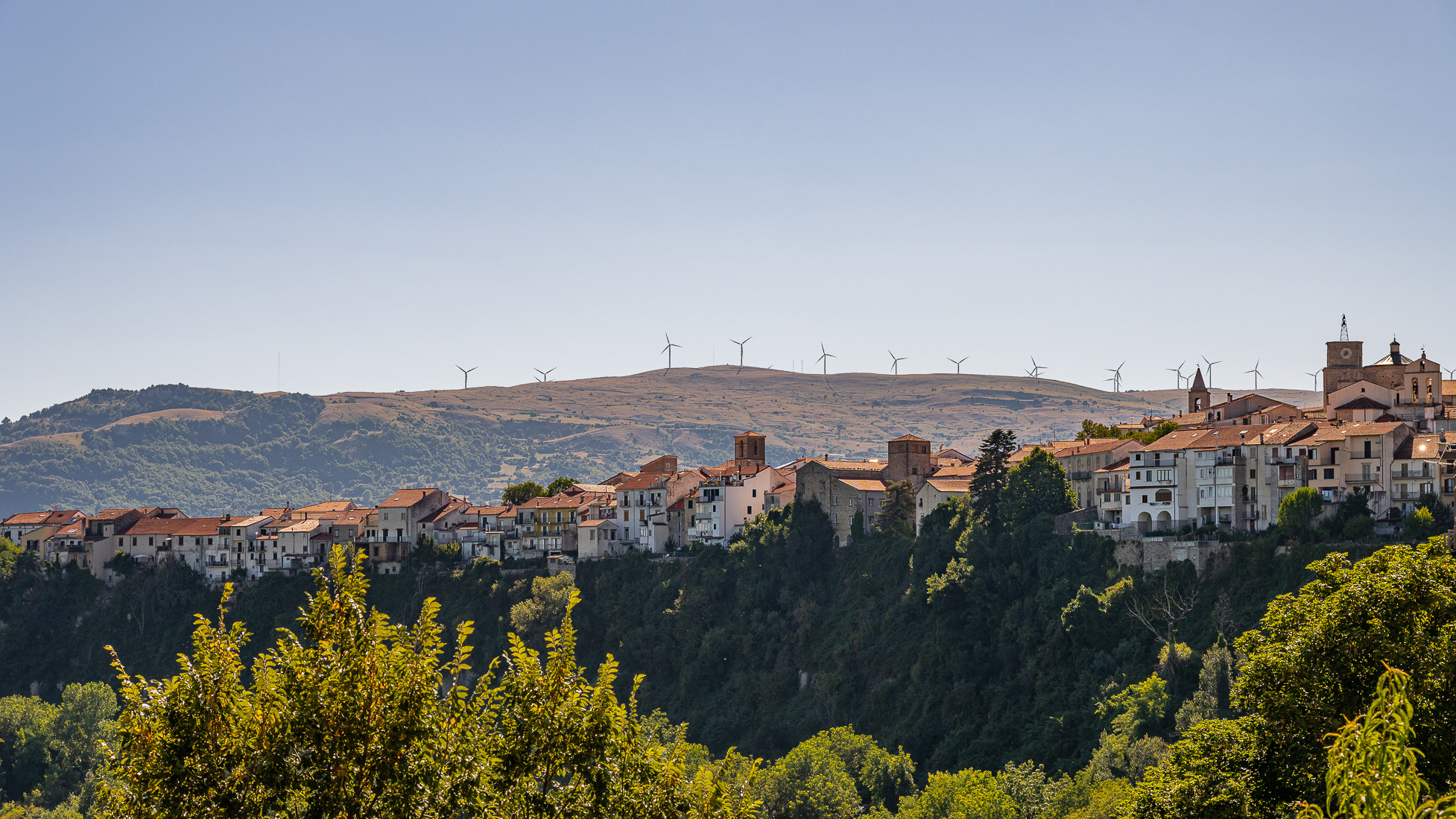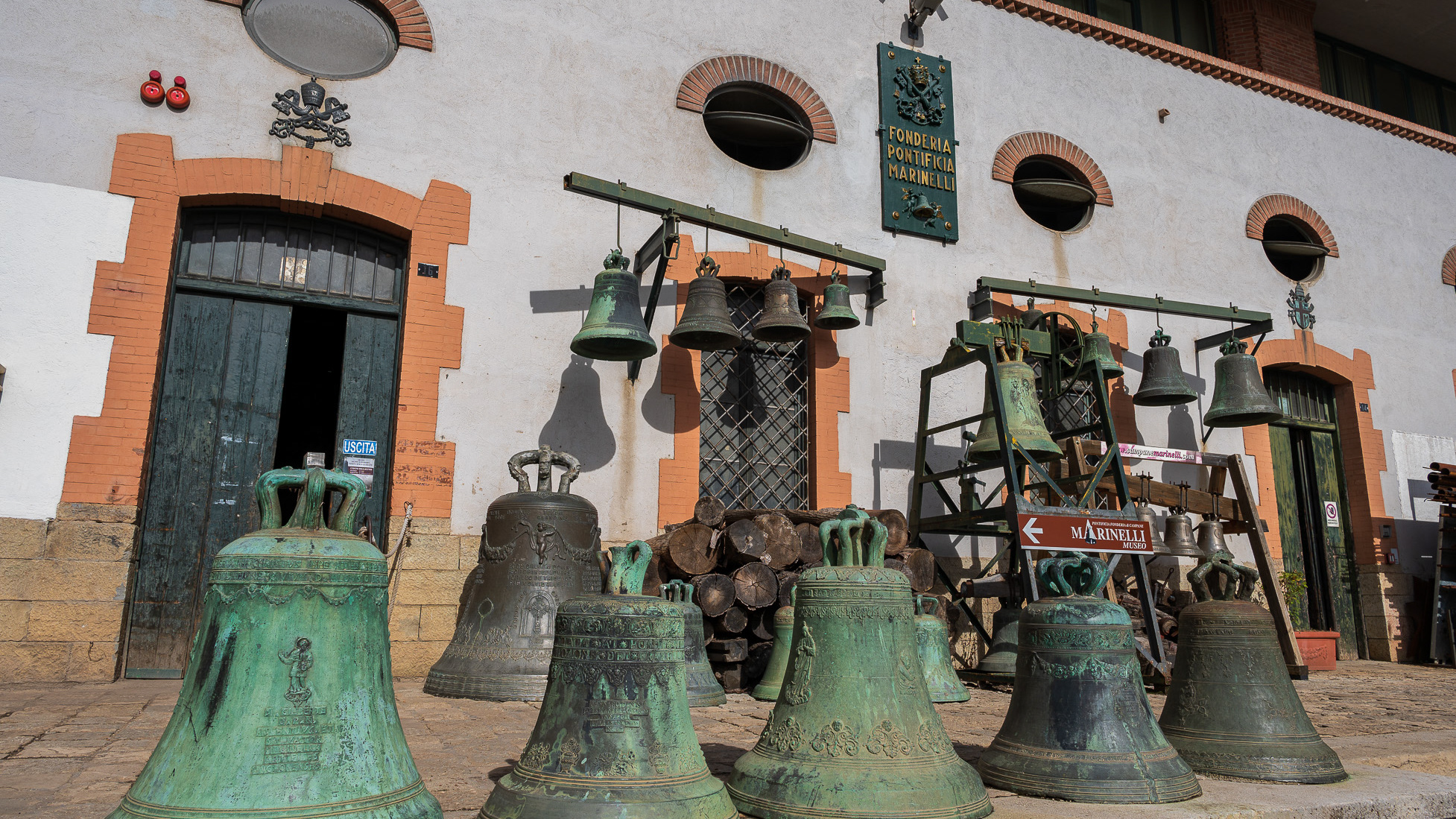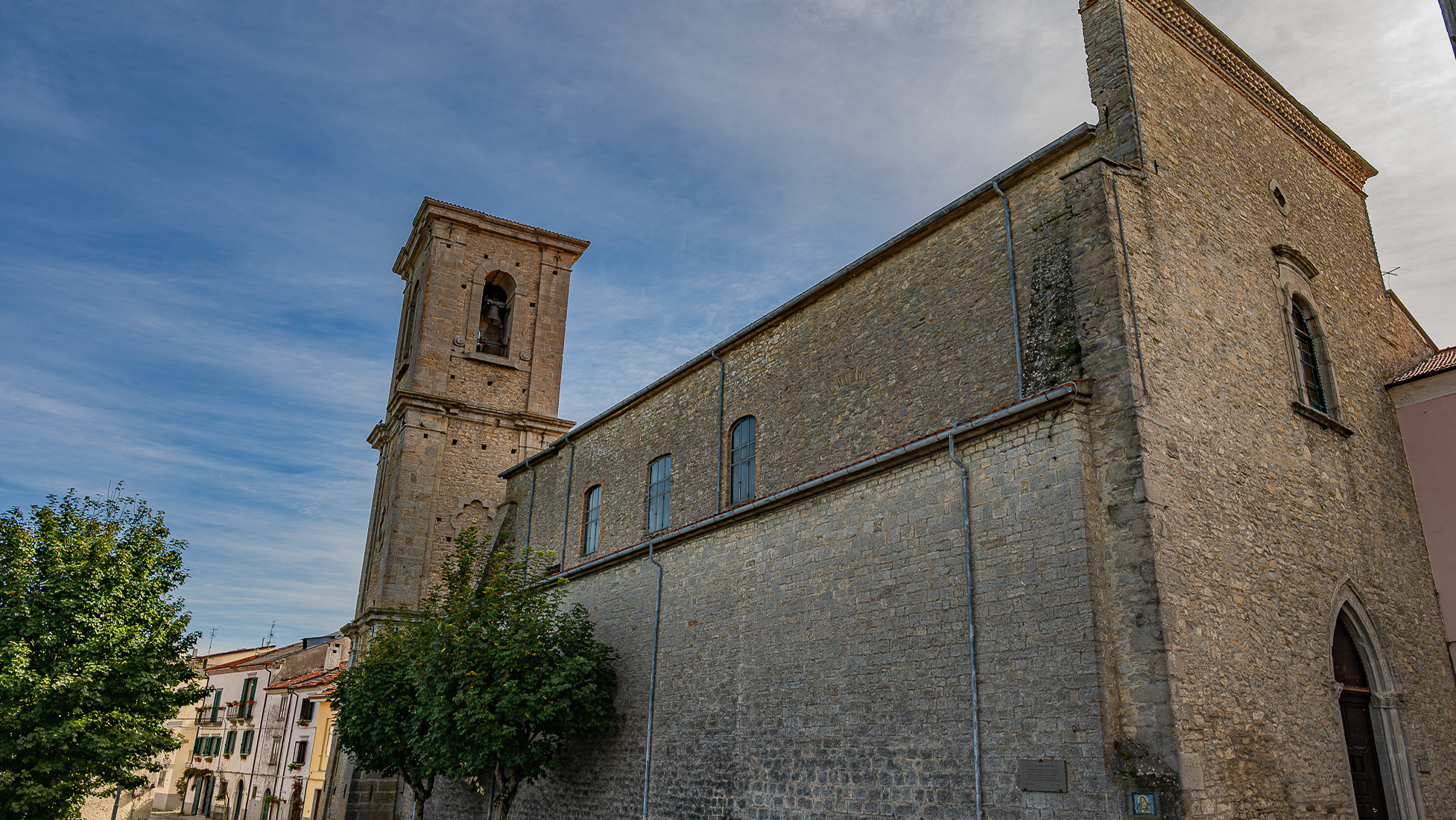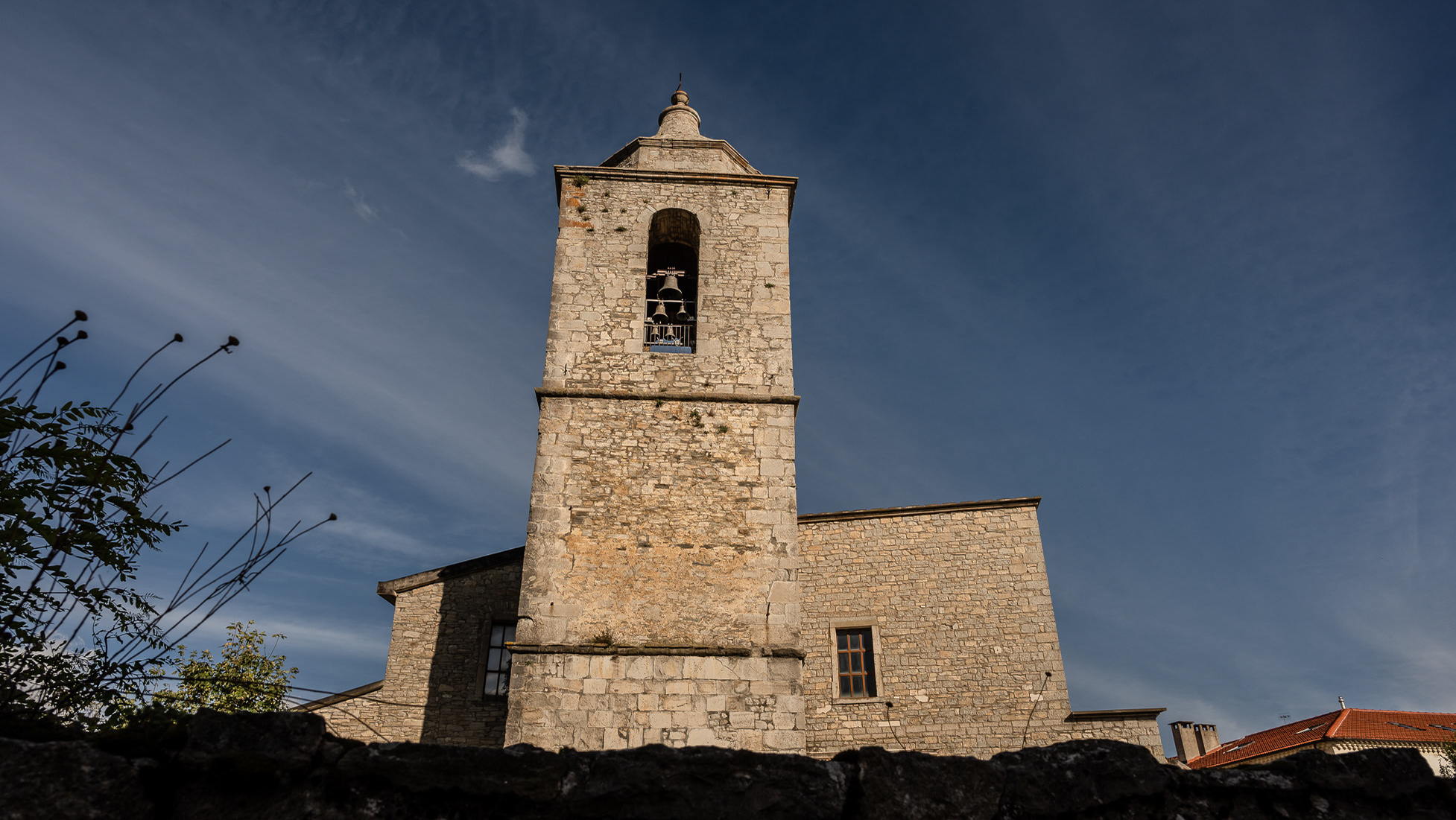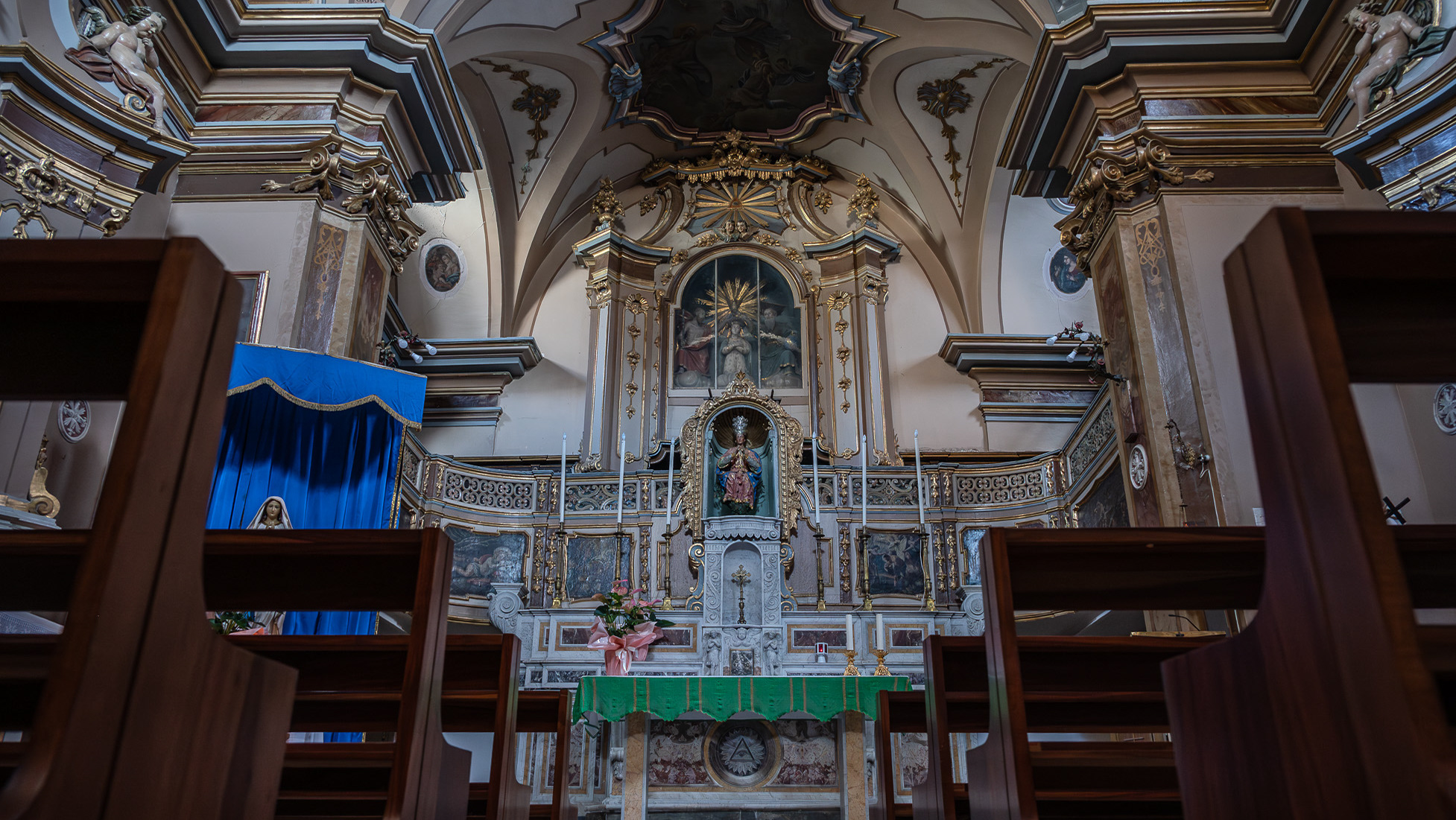Church of Maiella
The church is located outside the historic center of Agnone and more precisely in via Don Bosco. Both the church and the adjacent convent were built by decision of San Pietro Celestino. With the building of the church of Santa Maria a Maiella in Agnone the Franciscan way of life was established and everything dates back to a period between 1100 and 1200, a period in which its consecration is also included. With the presence of the Franciscan friars in this convent the possibility was created so that part of the saint's relics consisting of a piece of the tunic and some hair could be kept inside the church. The presence of the friars continued until 1807, when the order was abolished. The interior of the church consists of a single nave which houses multiple recently composed paintings while unfortunately only ruins remain of the convent. The façade of the church was rebuilt in the year 1755 on the basis of a date engraved on a large window and in all likelihood, always adhering to another date present in the liturgical complex, this building was adapted into a lazaret when Agnone was struck by a plague.
You may also like
